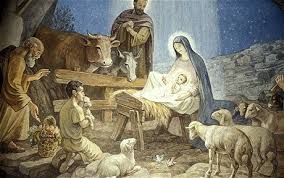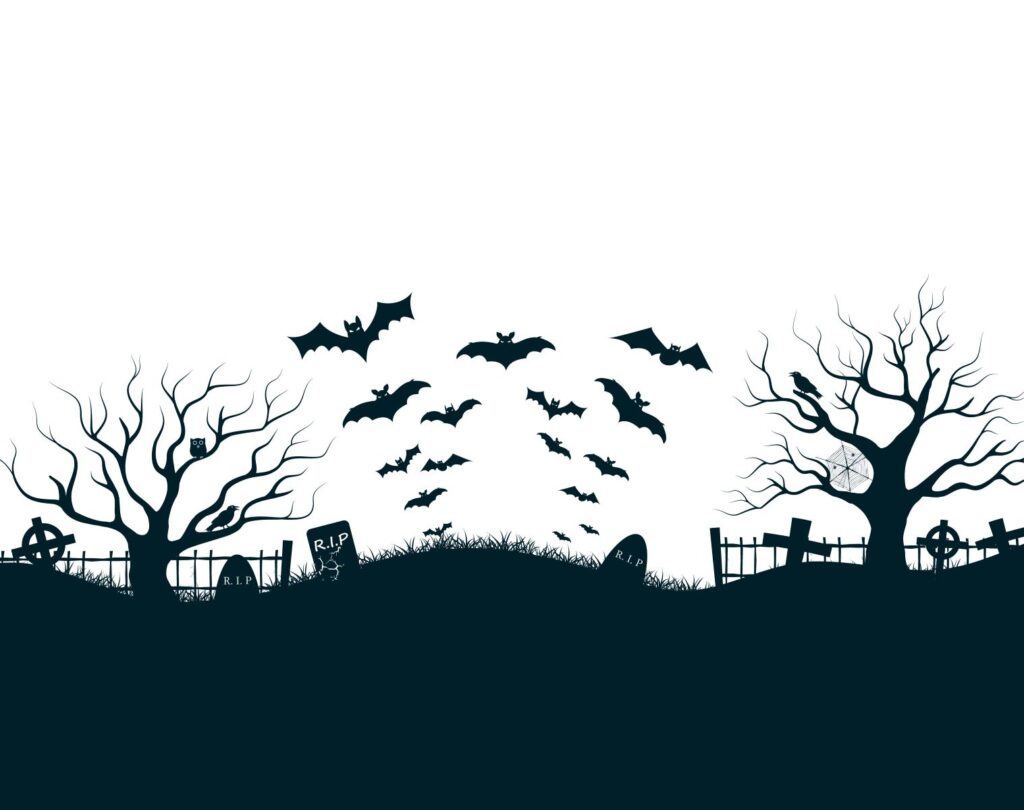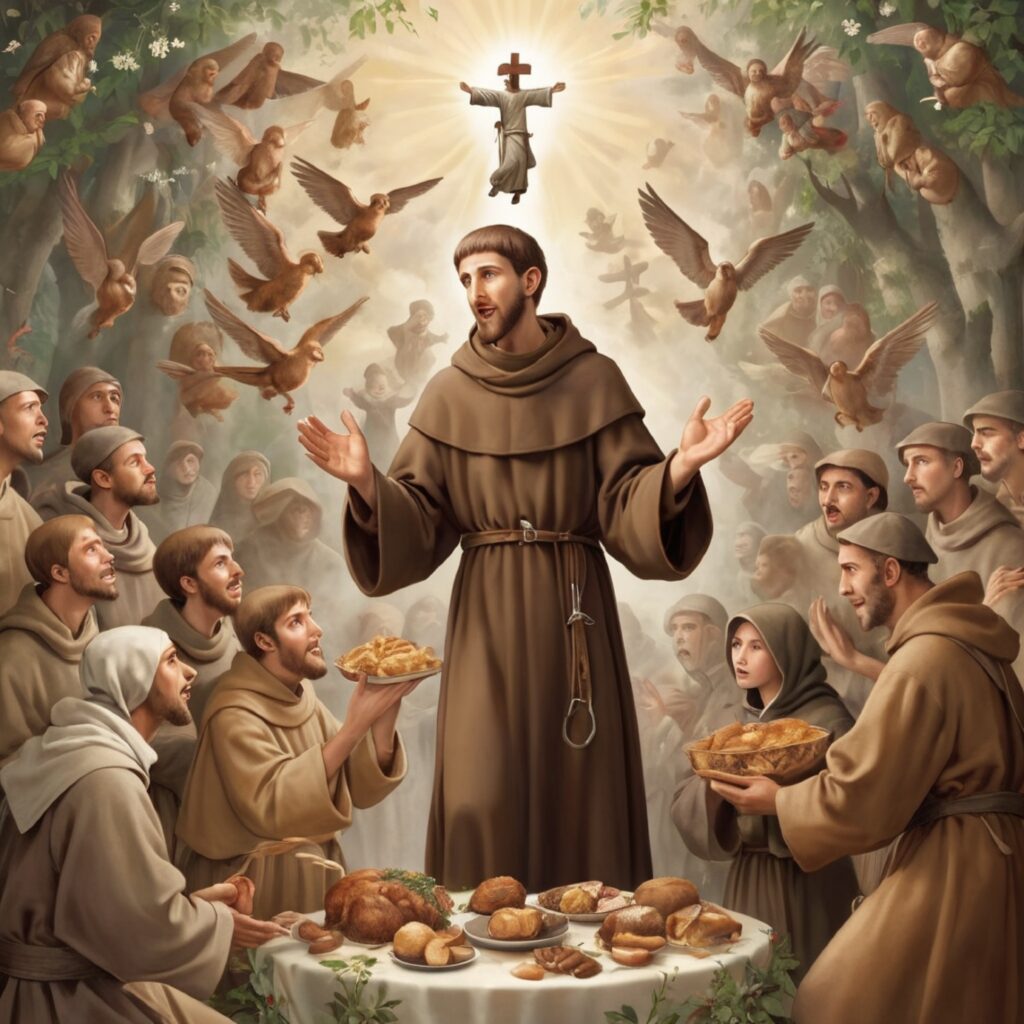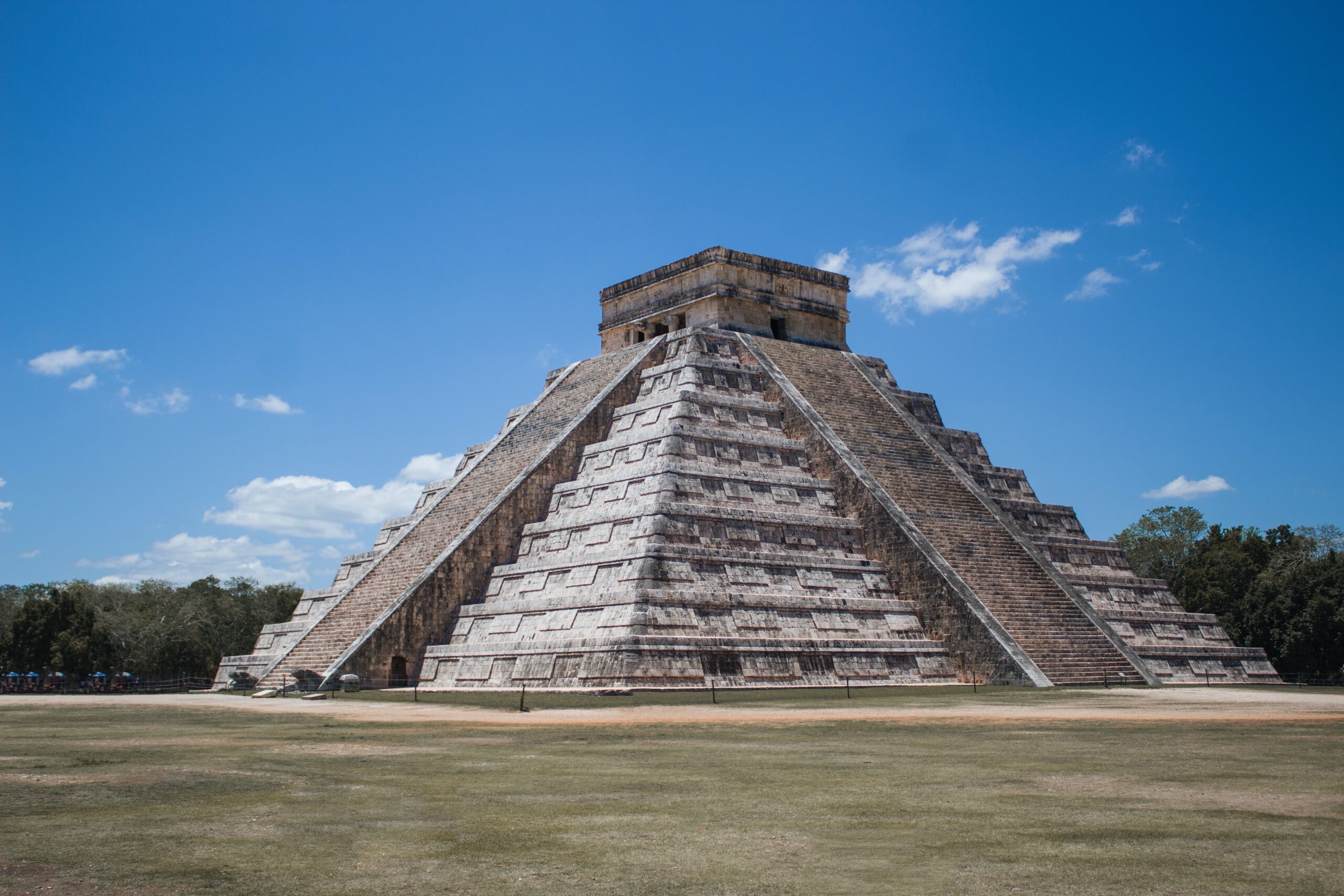Annually of October 4th, Catholics celebrate the Feast of St. Francis of Assisi, which honors the 12th-century patron saint of the environment and animals. It is the most significant celebration for those who live in Assisi, Italy, where most of the celebrations take place.
The festival honors the transition from life on Earth to the afterlife of St. Francis of Assisi. The feast will last two days, beginning October 3rd. In Assisi, oil lamps are lit all over the city with oil from a rotating Italian town. In the Basilica of St. Francis and the Basilica of Santa Maria Degli Angeli, solemn services take place.
As the holiday is mainly observed in Assisi, most other churches will hold an honorary service, but generally no rituals exist outside of this. In the United States, the service combines World Animal Day with the Saint’s feast since the saint is known as the Patron Saint of Animals. Children may bring their pets for a blessing at the church. The church may also arrange a picnic or outdoor gathering where people can bring their pets. Many of these churches also organize charitable activity relating to animals, such as work with animal shelters or give educational lectures on the care for animals, including animal abuse prevention.
Observers may casually commemorate the holiday with outdoor activities that appreciate nature, such as camping, hikes, and nature walks.
About St. Francis of Assisi
St. Francis was a friar and preacher in the Italian Catholic Church. He is known best for founding the Order of Friars Minor, the Order of St. Clare, and the Third Order of Saint Francis. He was never actually ordained into Catholic priesthood, but he is still one of the most respected religious figures.
The saint was born into a wealthy family and became a soldier for Assisi. He then received a vision that the saint claimed erased all desire for a material life. He embarked on a pilgrimage to Rome, then choosing to live in poverty after begging in front of St. Peter’s Basilica. He then amassed a following while preaching on the streets of Assisi.
St. Francis’s love of animals and nature is told through several legends. He is known for approaching birds to preach at them, only for the bird to react by gathering around him. Another legend is that when Francis lived in Gubbio, a wolf was attacking the townspeople, causing many to move. St. Francis searched through the mountains for the wolf and upon finding him, made the sign of the cross. The then wolf lay at the feet of St. Francic and closed its jaw. Many Catholics use his memory to remind themselves to be environmentally conscious.
After an attempt to convert the Sultan of Egypt in 1219, He arranged the first manger scene for the Christmas celebration in 1223 and received the stigmata in 1224, meaning he was with a tattooed or marked on the locations that Jesus received wounds during his crucifixion. He died in 1226. St. Francis’s statehood was announced in 1228 by Pope Gregory IX.













































